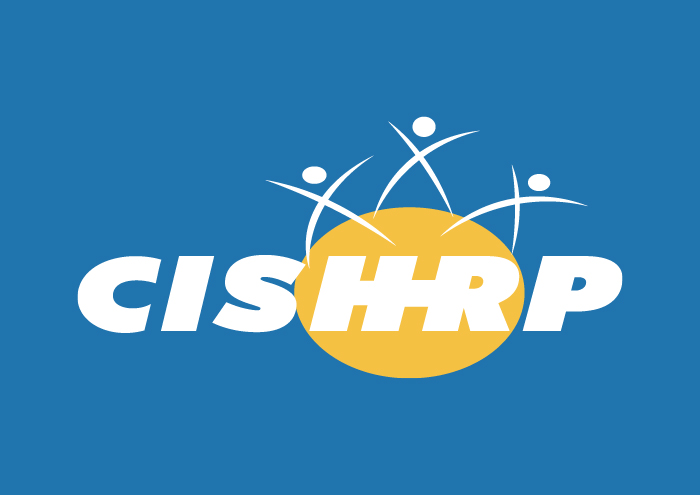If you work in Human Resources, you are most likely an empath, a giver, someone who likes to help others solve their problems, and you invest a lot in the success of others. Perhaps you sometimes (often?!) do this at the cost of your own mental health and overall wellbeing.
“Please put your oxygen mask on before assisting others”
We have all heard hundreds of times, every time we fly, the saying, “Please put your oxygen mask on before assisting others”. Or, perhaps put another way “you cannot pour from an empty cup”. If you want to be good at your job and lean hard into the core skills you bring to it, you need to find a way to ensure that your mental and physical health and wellbeing are protected and strong. You can’t be the amazing HR practitioner that you’re capable of being unless you do.
With that said, here are 5 top tips to help support you on your journey. We think doing these things will help build the oxygen mask you need and help to fill your bucket (or cup) so you are able to pour!
1. Do more of what makes you happy.
It sounds deceptively easy, and we all know it isn’t. You must make time for yourself, and that can often be really hard because people are messy, demanding, and unpredictable, and they are core to your central purpose, so often, your best-laid plans for yourself come second to the demands of your job. I understand. However, to really put this action point into effect, first identify what it is that makes you happy. Maybe it’s time with family, time alone, cooking, walking your dog, practising yoga, having a massage, reading a book, or binge-watching Netflix. Whatever it is, identify it, make time every week for it. Once you’ve done that, then move on to step two.
2. Set clear, healthy boundaries.
If you do one thing for yourself that can make a massive difference for your mental health and wellbeing, it is this. To set clear and healthy boundaries. Yes, setting boundaries is HARD. It takes courage to speak up and advocate for yourself, so be brave.
Even though it’s challenging to do, if you do it, you will be happier, more productive, more innovative, and less stressed. Boundaries are contagious – once you set them, you will notice others doing the same, and you might just be the inspiration for someone else to be courageous and set a boundary that they badly need. There is a super 6-minute TED talk on this subject that I highly recommend by the inspirational Nedra Glover Tawwab.
3. Learn to re-set.
This concept is familiar to anyone with kids and has ever given them a “time out” or “quiet time”. Sometimes, just like kids, we need a squishy ball, to curl up in a blanket, or a 5-minute timer to allow us to check in with ourselves and reset if we need to.
Essentially, re-setting is giving yourself a calm, safe space. This also takes courage, strength, and a healthy dose of self-awareness. If you feel overwhelmed in the middle of a conversation, be assertive about it. Communicating clearly and honestly about it shows respect for yourself and others. It’s okay to shut down a meeting or a conversation and suggest you pick it up again soon when you’ve had more time to process and think. If you see a meeting in your diary in the day (or someone has just dropped a meeting into your diary that you are not ready to take), then gently postpone it. None of us do our best work under pressure, stress or when we are not well prepared.
Additionally, if you’ve been in a high-stress or high-stakes conversation, then it is imperative that you take time to re-set before you have to (inevitably) do it all over again!
4. Delegate more.
This is the # 1 skill that sets high-performing managers and leaders apart from their competition. It is hard to learn to do this well, but it is a skill that you will thank yourself for learning and practising. You cannot do it all.
The side benefit to learning this skill is that it increases trust (your ability to do so and for those on your team), which in turn increases psychological safety for your team. There are so many benefits to delegating – it does for you and your team what eating more veggies does for your health!!
5. Sign yourself up for Nick Wignall’s newsletter.
As simple as this sounds, it has helped me fill my toolbox with lots of insightful and useful information and learning, which in turn helps develop me to support others better. Start with his 59 Ideas for Better Mental Health blog post. It’s fantastic!
If you’d like to connect and meet other HR professionals visit cishrp.ky/ to learn more!










